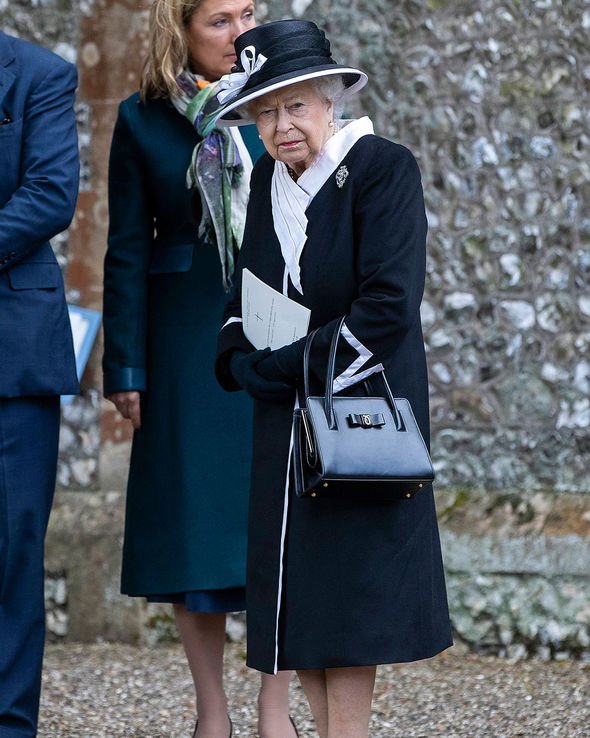SANSARA’s Advent programme for the Temple Winter Festival interweaves works by masters of the Renaissance with 20th and 21st century composers. Can you explain how you put this together?
The pairing of early and modern music is nothing new. However, what I find most exciting about the combination - and reason enough to keep exploring it - is the narrative potential that unfolds when pieces written centuries apart are heard side by side, possibly for the first time. This stance requires a totally open-minded approach which embraces fluidity of meaning and established interpretations to enable pieces from different eras and sensibilities to enlighten and transform each other in new and often surprising ways.
The carefully considered and precise ordering of these juxtapositions is something that I have always focused on with SANSARA, drawing connections between pieces at multiple levels; from broad thematic and textual elements down to tiny details of melodic and harmonic material. It is particularly striking when old and new musics speak directly to each other, as with the opening phrases of Tallis’ O nata lux and MacMillan’s O Radiant Dawn which are identical (almost!): a deliberate echo which serves as a humble reminder of our rich choral heritage.
For our return to the Temple Winter Festival we have a specially curated programme which aims to conjure the aura of mystery and excitement of Advent before turning towards the Nativity and Christmas. With such a wealth of repertoire to choose from, programming for this time of year can feel like an impossible task: do you go down a well-trodden path of crowd-pleasers or try to find something as new as possible? The aim of this programme is to find a middle ground with some well-known favourites such as Britten’s Hymn to the Virgin and carols such as Es ist ein Ros entsprungen alongside lesser-known pieces such as Byrd’s beautiful O magnum mysterium - Beata virgo and the more recent works by Oliver Tarney and Kerensa Briggs.







